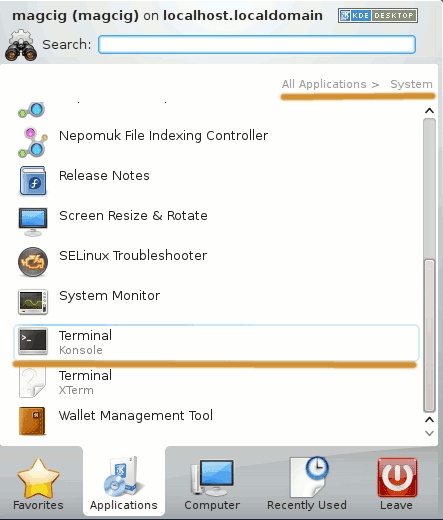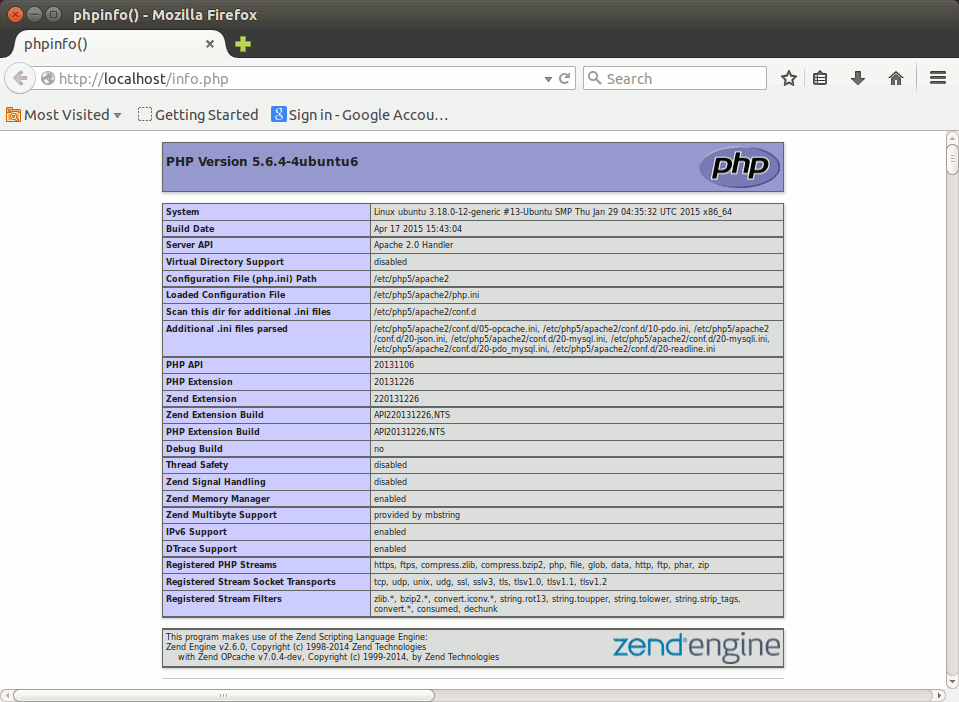LAMP WebServer with PHP 5 Quick Start for CentOS
How to Install Apache, MySQL/MariaDB and PHP 5 on CentOS GNU/Linux desktop/server.
LAMP has become a de facto Development Standard. Today, the products that make up the LAMP stack are included by default in nearly all GNU/Linux distributions, and together they make a powerful web application platform.

-
Open a Command Line Terminal Window
(Press “Enter” to Execute Commands)
In case first see: Terminal QuickStart Guide.
Or Login into Server Shell Shell. -
Installing Apache & PHP.
sudo yum install httpd php php-common
-
Installing PHP Modules.
sudo yum install php-pear php-mysqlnd php-gd php-mbstring php-mcrypt php-xml
-
Starting & Possibly Enabling Apache
On CentOS 7.x:sudo systemctl start httpd.service
To Get it Started at boot:
sudo systemctl enable httpd.service
Instead, for CentOS 6.x:
sudo service httpd start
To Get it Started at boot:
sudo service httpd enable
-
Testing LAMP Istallation
Making the Php info File:sudo nano /var/www/html/test.php
Append:
<?php phpinfo();
Ctrl+x to Save & Exit from nano editor :)
Check on Browser at:
http://localhost/test.php

-
(Optional) To Enable Remote Connections on Server.
sudo nano -w /etc/sysconfig/iptables
Append:
-A INPUT -m state --state NEW -m tcp -p tcp --dport 80 -j ACCEPT
Reload Firewall Rules with:
sudo service iptables restart